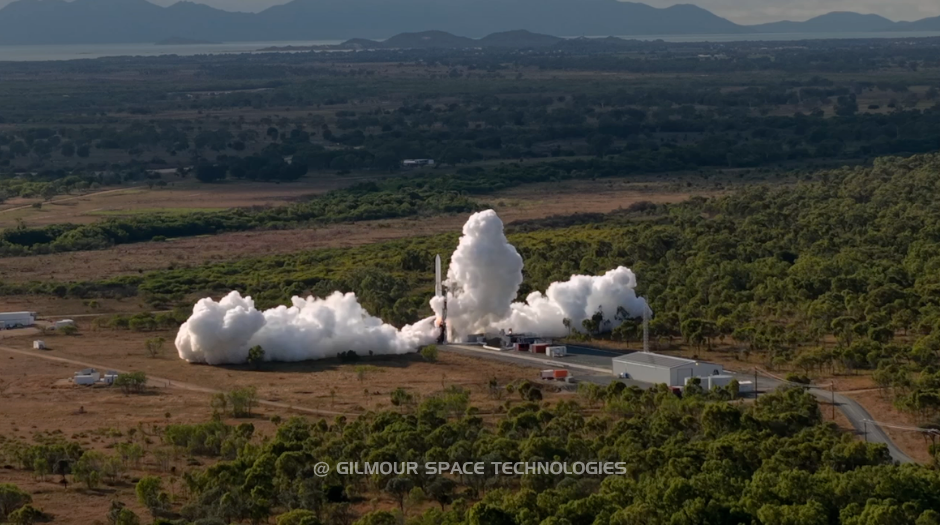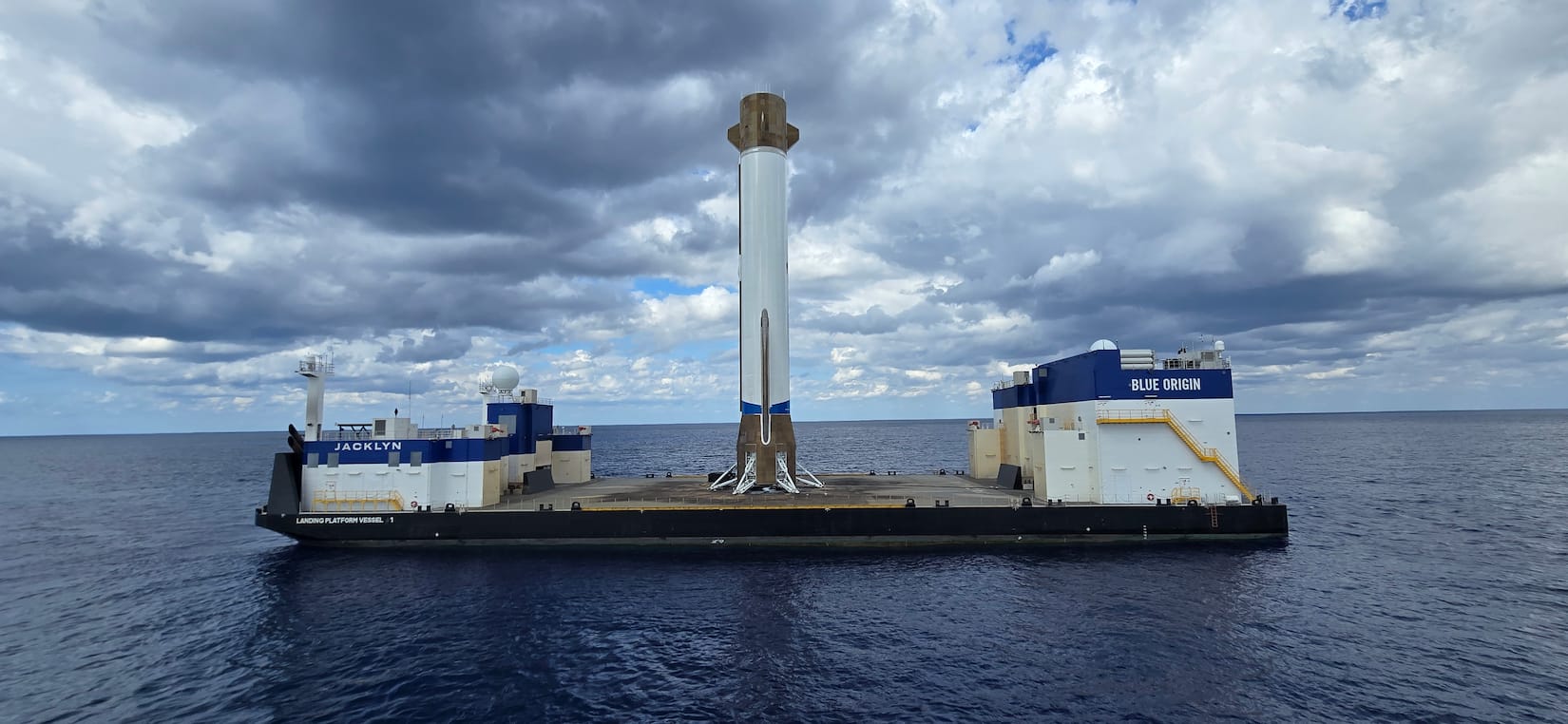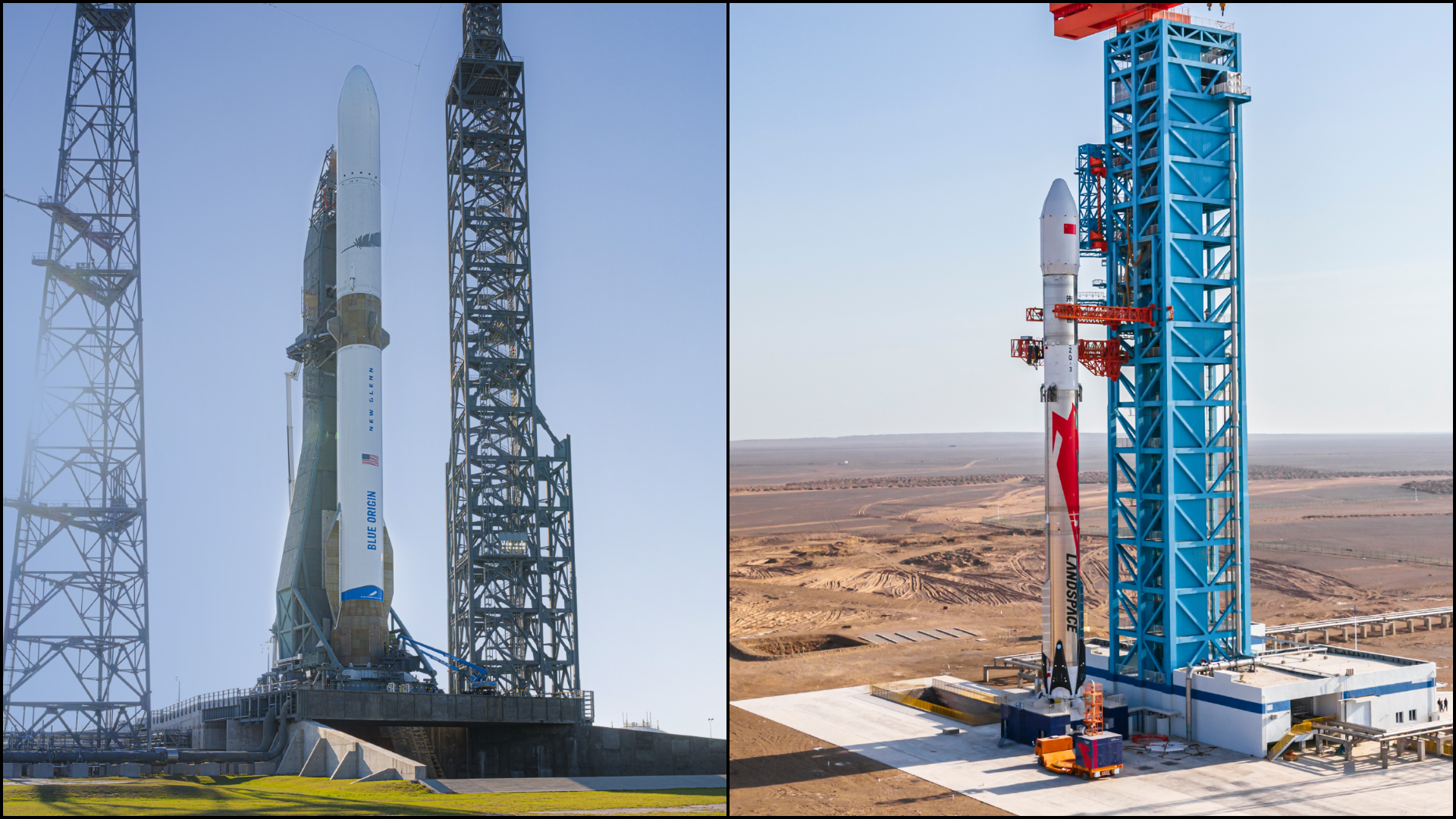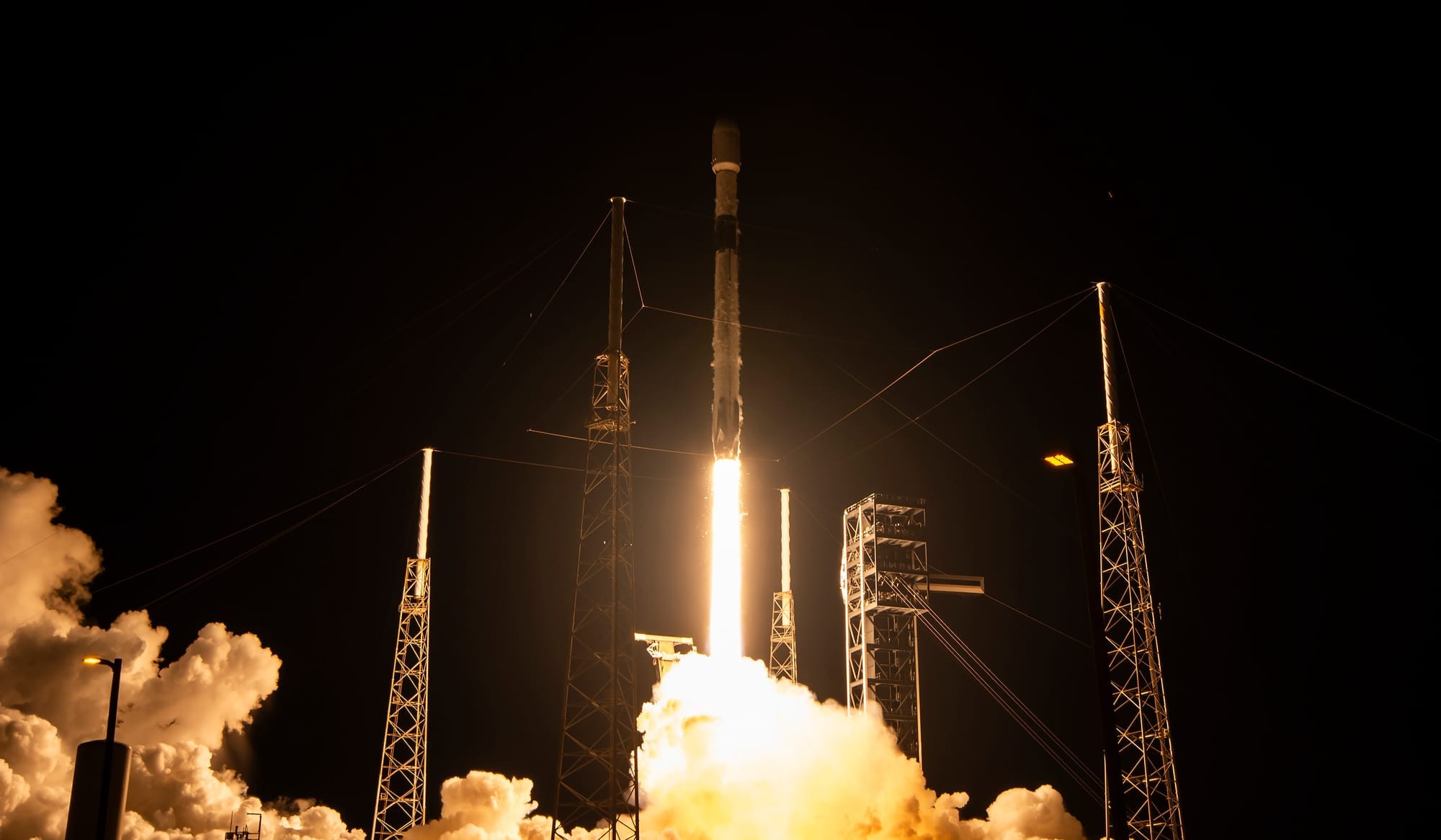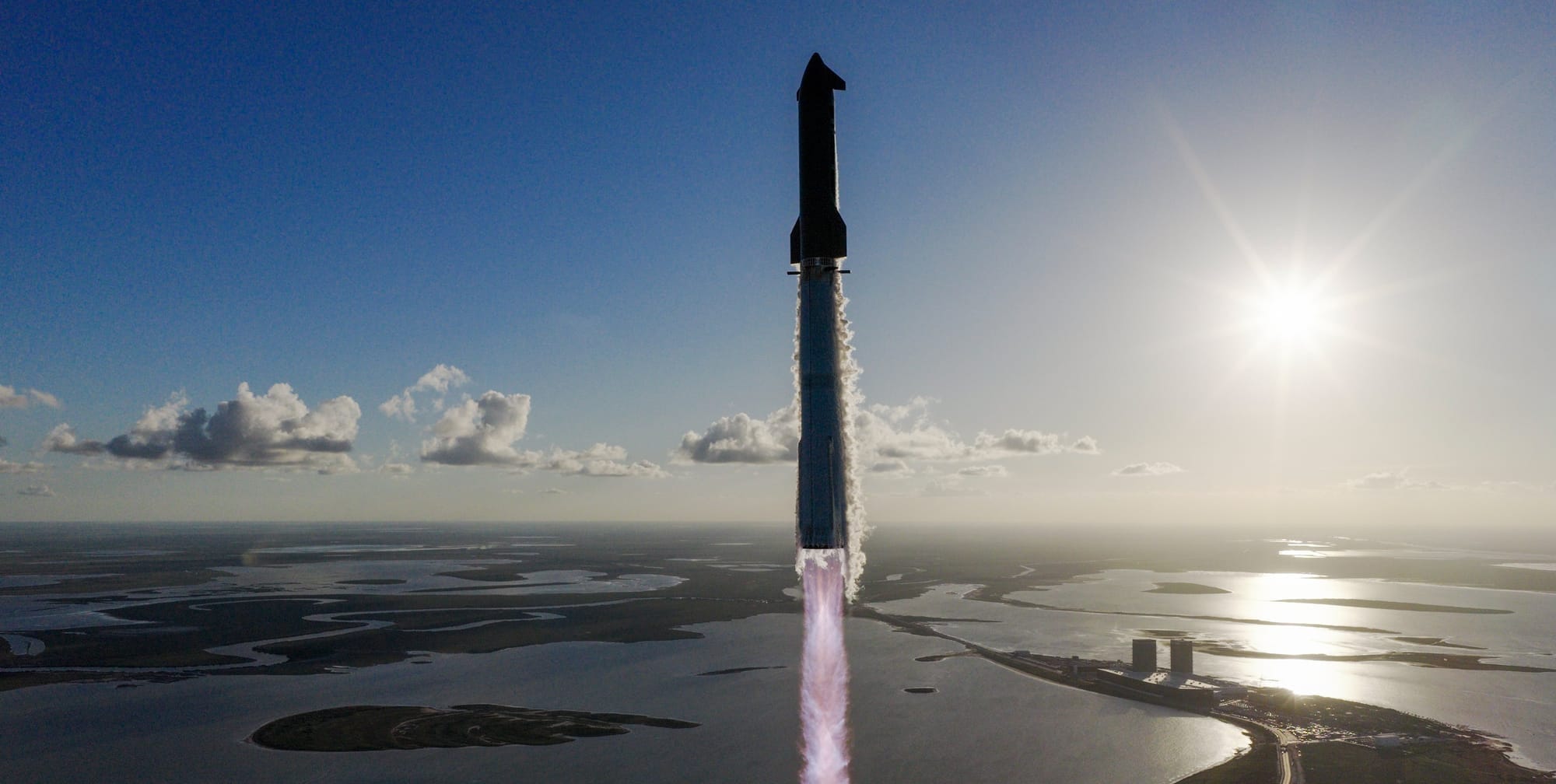Table of Contents
Australia's first domestically-made rocket, Eris-1, developed by Gilmour Space, made its first brief debut test flight earlier on July 29th.
The debut mission of Eris-1 has been in work for several years, with the Bowen Orbital Spaceport in northeastern Australia opening in April 2024, with Gilmour Space receiving a launch permit in November 2024. Back in May, the company began preparing for flight attempts, with early attempts scrubbed due to weather and a premature payload fairing deployment.
Liftoff of Eris-1 finally occurred at 22:35 pm Universal Coordinated Time when the rocket ignited its four Sirius hybrid motors to generate enough thrust to carry the vehicle skyward for a few dozen meters.
Liftoff completed, launch tower cleared, stage 1 tested.
— Gilmour Space (@GilmourSpace) July 30, 2025
Awesome result for a first test launch. pic.twitter.com/EYbNbGDz3l
Eris-1 momentarily lifts off from the Bowen Orbital Spaceport, via Gilmour Space on Twitter.
Not long after liftoff, Eris-1 began to drift away from the launch pad and lose thrust with a short hover. Following the hover, the vehicle quickly lost altitude before contacting the ground, and then falling over. The test flight ended when the rocket appeared to have been severely damaged or destroyed itself.
In total, the test flight lasted around fourteen seconds, with thrust generated by the rocket for about twenty-three seconds.
Due to Eris-1 being a rocket utilizing hybrid rocket motors, it needs to flow a liquid fuel over a solid propellant to generate the thrust required for flight. With enough thrust generated for liftoff, it's probable that motor systems lacked the necessary flow of fuel needed for proper ignition or sustained thrust.
Shortly after the test flight, Adam Gilmour, Chief Executive Officer of Gilmour Space, wrote the following on LinkedIn:
"Got off the Pad, I am happy. Of course I would have liked more flight time but happy with this"
Several hours after the flight, the Australian Space Agency added that the vehicle was lost and came down within a set safe area, while congratulating the company for their efforts.
Welcome back Astra
— TheSpaceEngineer (@mcrs987) July 29, 2025
clip from @aussienaut pic.twitter.com/fYLaYwjeVe
The brief flight of Eris-1 as seen from afar, via TheSpaceEngineer on Twitter.
This mission was the first time a launch was conducted from Australia since 1971, when the United Kingdom's Black Arrow delivered the Prospero satellite into low Earth orbit.
It is currently unknown when Gilmour Space will attempt another flight of Eris-1.
Gilmour Space's Eris-1 rocket is on the smaller side for an orbital rocket, being just 25 meters tall but consisting of three stages. Stage one has a diameter of 2 meters, while the second-stage has a diameter of 1.5 meters along with the fairing. For payload capacity, Eris-1 is claimed to be able to lift around 300 kilograms to low Earth orbit.
Powering Eris-1's first-stage at liftoff are four Sirius hybrid rocket motors, burning a mixture of solid propellant and liquid fuel, to generate a combined 46.9 tons of thrust. A single Sirius motor powers the second-stage to generate 11.7 tons of thrust. Both the first and second stages burn for around 100 seconds. For reaching orbit, a Phoenix liquid propellant engine burns for around 120 seconds.
In later flights, as soon as 2026, Eris-1 is planned to be improved via a 'Block 2' version, boosting its payload capacity to 1,000 kilograms. An even more capable variant of the rocket, Eris Heavy, is planned to lift 4,000 kilograms into orbit several years from now.

